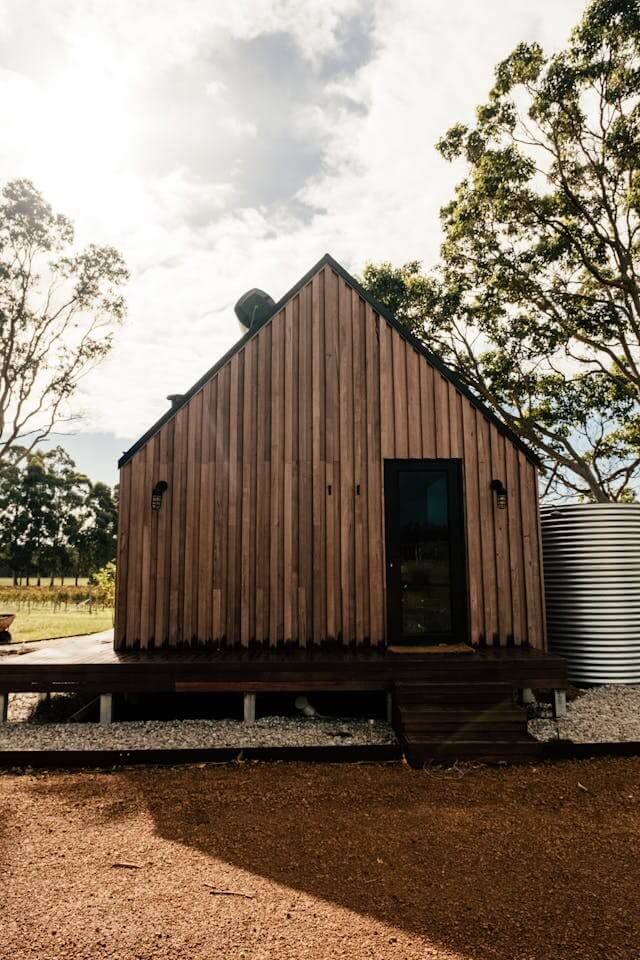Washington Tiny House Zoning Laws Overview
Washington State exhibits a complex zoning landscape for tiny houses, reflecting its diverse geography from coastal cities to eastern agricultural regions. Western Washington metropolitan areas, particularly the Seattle-Tacoma corridor and Puget Sound counties, have increasingly adopted ADU (Accessory Dwelling Unit) regulations that can accommodate foundation-built tiny houses, driven by housing affordability pressures and recent state legislation (HB 1110 and other ADU mandates). Eastern Washington counties generally offer more straightforward rural regulations with minimal oversight, though tiny house placement still depends on septic approval, well feasibility, and property access. THOWs (Tiny Houses on Wheels) face restrictions statewide, typically classified as RVs prohibited for permanent occupancy outside designated RV parks or mobile home parks. Washington's relatively progressive housing policies in urban areas contrast with traditional rural county approaches, creating opportunities in metro suburbs but requiring careful research. Climate varies dramatically from wet coastal rainforests to dry eastern plateaus, affecting infrastructure considerations. Before purchasing land anywhere in Washington, determine whether in city limits or county jurisdiction, understand ADU regulations where applicable, verify water source (municipal, well feasibility, or water rights complexity), confirm septic approval through health district, check for Growth Management Act restrictions in western counties, and recognize that western Washington generally offers more regulatory pathways while eastern Washington provides more flexibility with infrastructure responsibilities.
Washington has no statewide tiny house law; ADU regulations in metro areas provide pathways, while THOWs remain restricted.
Understanding the zoning laws is just the first step. Once you know what is legal in Washington, you can start looking at tiny houses for sale in Washington or connect with experienced Washington builders who work within these regulations. If you want a turnkey solution, consider joining a tiny house community in Washington where all the zoning and permits are already handled.
Before you buy land or start construction, use our zoning finder tool to check specific county requirements, and get a budget estimate with our free tiny house cost calculator. If you're planning to go off-grid, check out our comprehensive off-grid living guide to understand utility and septic requirements.
